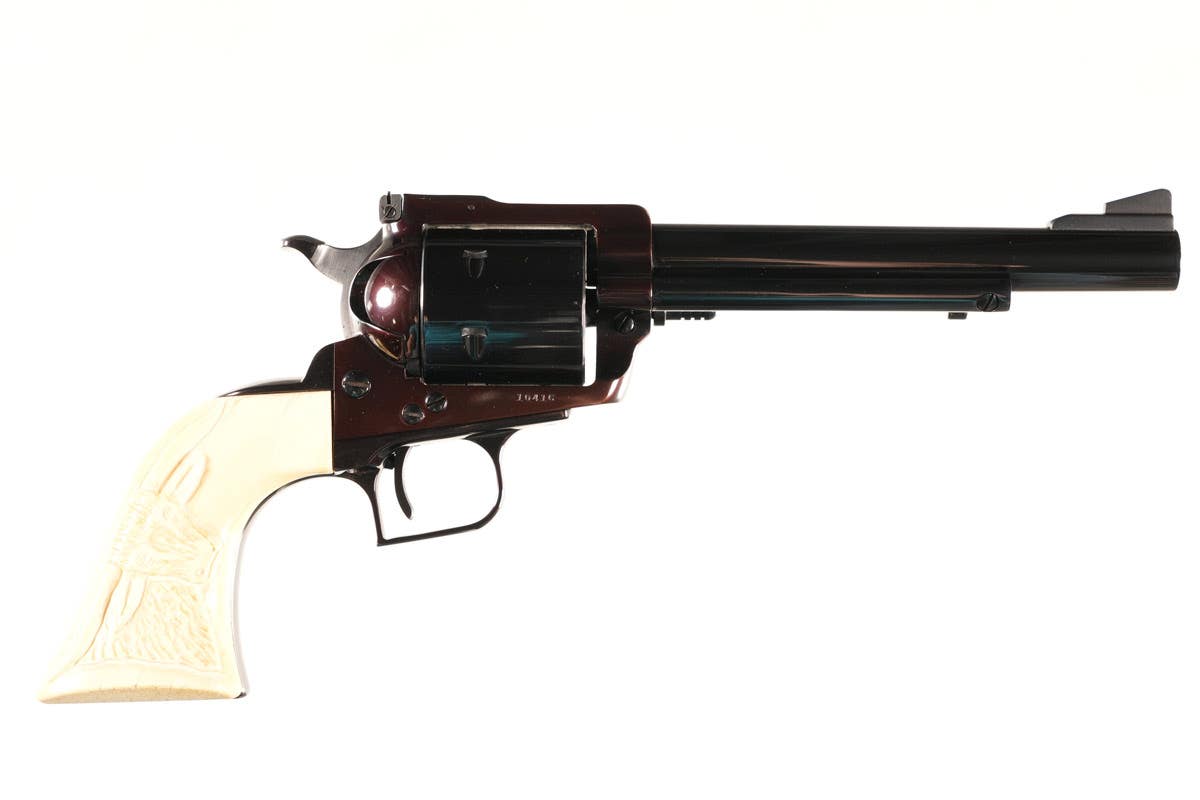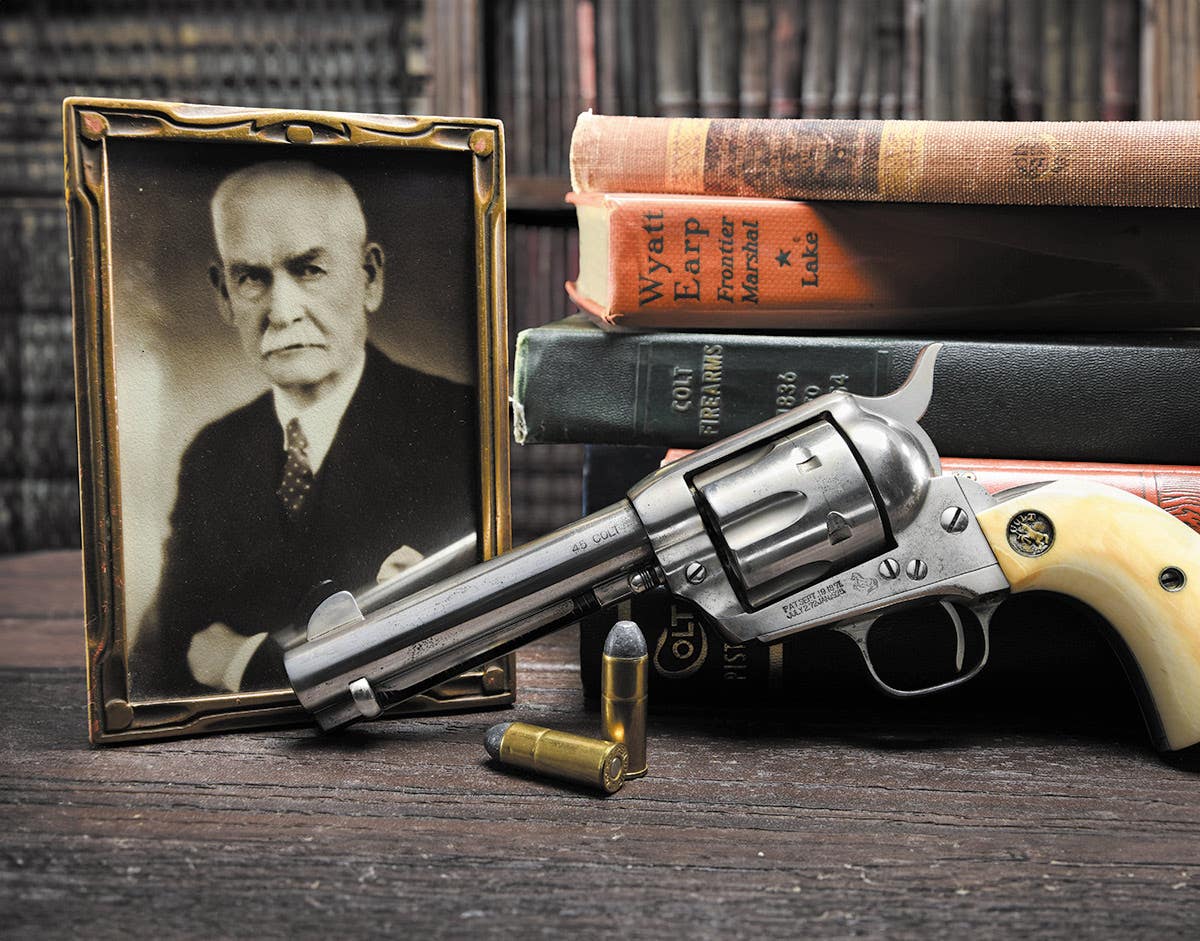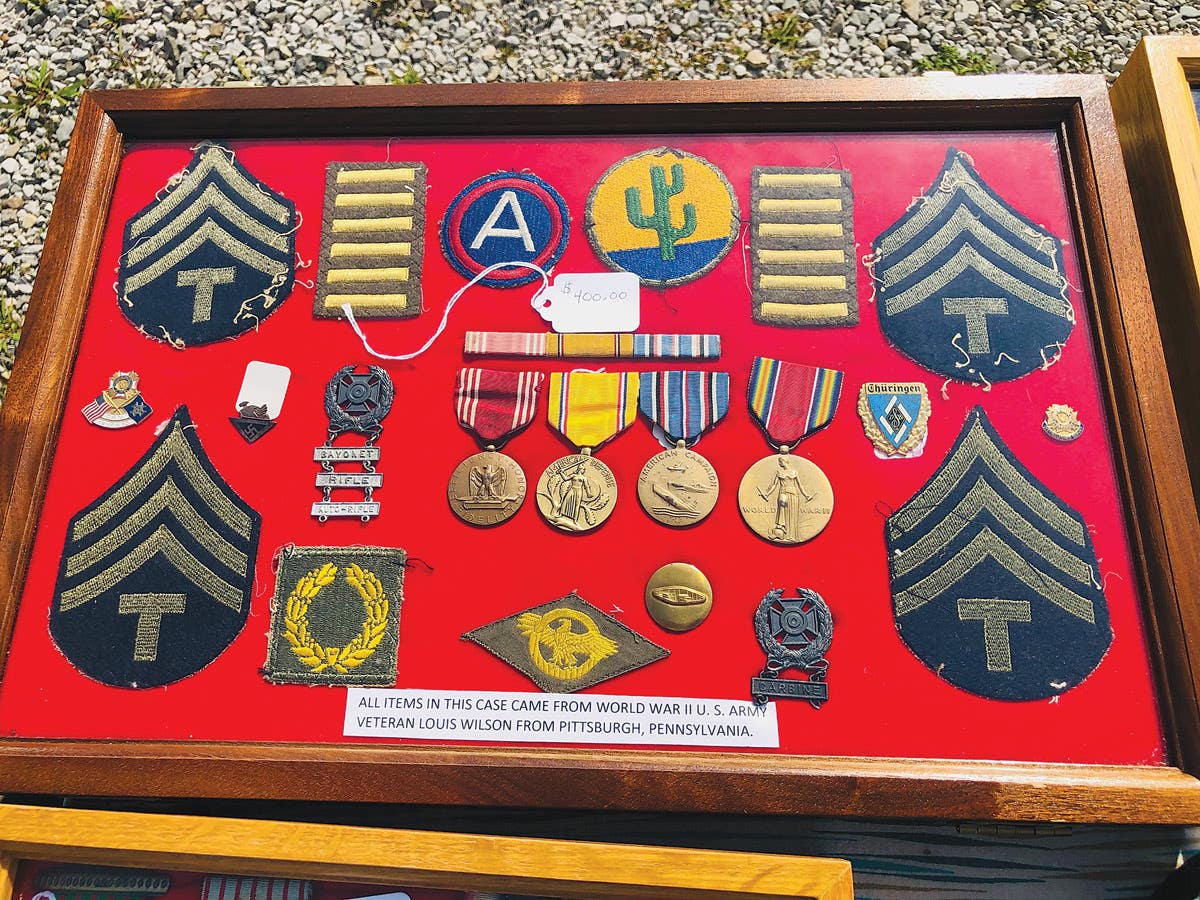To give or not to give — that is the question
Greetings, To regular readers of the JAG File, it comes as no surprise that I am not a fan of donating artifacts to museums. Too many years as a curator…
Greetings,
To regular readers of the JAG File, it comes as no surprise that I am not a fan of donating artifacts to museums. Too many years as a curator taught me that many museum professionals are more intent on preserving their self-image than the artifacts in their institutions. Nevertheless, I will admit that there are some class-act museums that are worthy of the time, money and research that collectors dedicate to their hobby. With that said, I want to discuss a few things one might consider when trying to decide the final disposition of their collection.
IS IT A MUSEUM?
Before approaching a museum about a potential donation, you might want to do a bit of background research. In the United States, the term “museum” is batted about quite freely. There is no real limitation as to what can be called a museum, so it is good to approach any organization with a bit of trepidation. Just because there is a building with a sign that says “museum” on it, doesn’t mean the people inside have the same motives as you.
Though anyone can say they have a museum, there are two organization that recognize and accredit museums in the United States: The Association of State and Local History provides leadership and support for its members who preserve and interpret state and local history in order to make the past more meaningful to all Americans. The Association of American Museums’ mission is to strengthen museums through leadership, advocacy, collaboration and service. Before considering any donation, one should check whether the institution is a member and/or accredited by either of those two organizations. If not, there is good reason to believe the institution may not be a “museum” in the sense you are assuming it is.
A legitimate museum will have a clearly defined “mission statement” that places parameters on its activities. Mission statements were all the rage in the 1980s, but have existed—whether written or simply understood—for years. A mission statement is supposed to be a short, concise justification of a museum’s existence. Many will include terms such as “collect,” “preserve” and “interpret.” Any museum worth considering as the recipient of your collection will have a mission statement. Its staff will freely share it with you in order for you to evaluate whether the museum’s mission matches your intention.
WHAT’S YOUR GOAL?
There are many reasons one might consider donating their collection to a museum. One may have spent many years researching, discovering and acquiring a collection that might benefit others if it were publicly accessible. Many consider donation for the tax benefit. And still others want to be remembered long after they are gone. All are sound reasons for donating a collection to a museum but some hard questions should be answered before you show up on the doorstep of the local museum with boxes of relics.
1. Does the museum want your collection?
This is a difficult one to evaluate and really relates to the museum’s mission. Bear in mind, museums are collectors too. And as collectors, are susceptible to the same impulses that helped form your collection. Their eyes are often bigger than their resources to care for the items they acquire but that doesn’t seem to stop them. The urge to “gather and collect” is much stronger for many museums than it is to “display and interpret.” There is a good chance your collection could end up on a shelf in permanent storage never—or just briefly—to see the light of a public display area. When discussing a donation, make sure you find out what the intended use of the collection is.
2. Are you comfortable relinquishing your rights to the collection?
It seems many donors don’t realize that when they give something to a museum, they relinquish the right of ownership. If the museum chooses to display the item, sell it or trade it is up to them. Once you make a donation, you have no more say as to the disposition of the item. A museum, however, incurs legal, social and ethical obligations to provide proper physical storage, management and care for the collections and associated documentation, as well as proper intellectual control. Collections are held in trust for the public (both present and future generations) and made accessible for their benefit.
Because of these obligations and their financial impact, museums must be selective in what they add to their collections. A museum generally will accept an object only if it is free of all conditions and restrictions imposed by the donor or seller. Once an unrestricted title is transferred to the museum, the donor or seller relinquishes all rights to the object. The donor or seller has no say as to when or how the object is exhibited. Future generations have no claim in asking that the object be returned to the family.
Of course, this can all be negotiated at the time of the donation. A legitimate museum will happily provide you will a record of the donation with a very clear explanation of your rights in regard to the item. If they aren’t able to show you a copy of a typical donor form, run away!
3. Is this particular museum the right home for your collection?
Your local museum may not be the best home for your collection. Each museum specializes in what it collects and interprets. This can easily be ascertained by examining their mission statement. Make sure your collection fits their mission. You don’t want to give your collection of Imperial German spiked helmets to a museum with a mission to interpret the lifestyles of mid-19th century Indiana residents.
The chances are, unless you have a very specialized collection, most museums are not going to want to acquire your entire collection. Rather, they may be interested in selecting items that more accurately reflect their collecting and exhibition goals. If a museum wants your entire collection, make sure you know why. Are they planning to exhibit it all or are they considering deaccessioning some of it to finance other programs? If so, are you comfortable with that idea?
4. Are you using this to preserve a sense of “immortality?”
Some people like to know that their name is carved on stadiums, over libraries or forever preserved in museums as a “donor.” If that is your goal, make that very clear before you sign your collection over to a museum and that you receive that guarantee in writing.
5. Are you interested in the tax benefits of a donation?
IRS Publication 78 states, "You may deduct charitable contributions of money or property made to qualified organizations if you itemize your deductions." If you are planning to use your donation as a tax write-off, make sure you know the specific requirements. Most likely, you will need to hire an independent appraiser to document the value of your collection. An appraisal will reflect current market value at the time of donation—not what you paid for an item or think it should be worth.
It is not the museum’s responsibility to evaluate and assign value for tax purposes. Your gift of cash or property must meet certain criteria in order to be tax-deductible. Some pointers to remember when intending to declare a donation as tax deductible:
*You must actually donate cash or property. A pledge or promise to donate is not deductible until you actually pay.
*You must contribute to a qualified tax-exempt organization. Make sure the museum has current 501(c)(3) tax-exempt status.
*You must itemize. Giving to a museum is a great tax planning strategy, but it only works for people who are eligible to itemize their deductions.
*You must meet record-keeping requirements. This includes saving canceled checks, acknowledgment letters from the charity, and appraisals for donated property. Contributions of property (other than cash) are subject to strict record keeping and substantiation rules. You must be able to substantiate the fair market value of the goods or property you donated, plus keep any written acknowledgments you receive from the museum.
*You must attach IRS Form 8283 if your total non-cash contributions exceed $500. Non-cash contributions over $5,000 must have a written appraisal. Your charitable contribution tax deduction may be limited. There are limits specific to charitable contributions, and there are general limits on itemized deductions. Know these limits before you sign over ownership. For more information, obtain a copy of the IRS’ Publication 526, Charitable Contributions.
SO IS DONATION FOR YOU?
After giving your motives careful consideration, ask yourself, “Who is best-suited to preserve these relics I hold so dear?” The answer might be another collector, in which case, you will want to consider sale to a dealer or through your own efforts. But, if the answer is, “A museum in the public’s trust,” hopefully this brief JAG File will provide you with a foundation for further exploration.
Preserve the history,
John Adams-Graf
Editor, Military Trader and Military Vehicles Magazine
John Adams-Graf ("JAG" to most) is the editor of Military Trader and Military Vehicles Magazine. He has been a military collector for his entire life. The son of a WWII veteran, his writings carry many lessons from the Greatest Generation. JAG has authored several books, including multiple editions of Warman's WWII Collectibles, Civil War Collectibles, and the Standard Catalog of Civil War Firearms. He is a passionate shooter, wood-splitter, kayaker, and WWI AEF Tank Corps collector.







